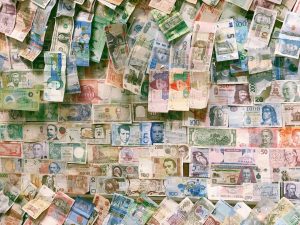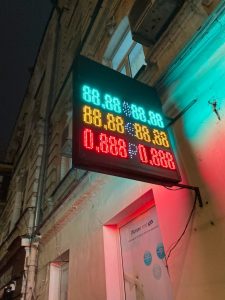Forex trading is an exciting and potentially lucrative venture. However, it comes with its fair share of risks, including currency fluctuations. As traders, we need to know how to hedge currency risk in forex to mitigate potential losses. Hedging is the process of reducing or eliminating potential losses by taking an opposite position to the original trade. In this article, we will look at some of the ways traders can hedge currency risk in forex.
1. Using currency options
Currency options are a popular way of hedging currency risk in forex. They are contracts that give the holder the right, but not the obligation, to buy or sell a specific currency at a predetermined price (strike price) on or before a specific date (expiry date). Currency options can be used to protect against unfavourable currency movements. For example, if a trader expects the value of the US dollar to decrease, they can buy a put option on the USD. If the USD falls in value, the trader will make a profit on the put option, which will offset the loss on their forex trade.
2. Using futures contracts
Futures contracts are also popular hedging instruments in forex. They are contracts that obligate the buyer to purchase or sell a specific currency at a predetermined price and date. Futures contracts can be used to protect against currency fluctuations. For example, if a trader expects the value of the British pound to fall, they can sell a futures contract on the GBP. If the GBP falls in value, the trader will make a profit on the futures contract, which will offset the loss on their forex trade.
3. Using forward contracts
Forward contracts are similar to futures contracts, but they are customised to meet the specific needs of the trader. They are contracts that obligate the buyer to purchase or sell a specific currency at a predetermined price and date. Forward contracts can be used to protect against currency fluctuations. For example, if a trader expects the value of the Euro to fall, they can enter into a forward contract to sell EUR at a predetermined price. If the EUR falls in value, the trader will make a profit on the forward contract, which will offset the loss on their forex trade.
4. Using currency ETFs
Currency ETFs (Exchange-Traded Funds) are investment funds that track the performance of a specific currency or a basket of currencies. Currency ETFs can be used to hedge currency risk in forex. For example, if a trader expects the value of the Japanese yen to increase, they can buy a yen ETF. If the yen increases in value, the trader will make a profit on the ETF, which will offset the loss on their forex trade.
5. Using correlation analysis
Correlation analysis is the process of examining the relationship between two or more currency pairs. Traders can use correlation analysis to hedge currency risk in forex. For example, if a trader is long on the EUR/USD and short on the USD/CHF, they are effectively hedging against currency risk. If the value of the USD falls, the trader will make a profit on the EUR/USD trade, which will offset the loss on the USD/CHF trade.
In conclusion, hedging currency risk in forex is essential for traders to protect their investments. Traders can use a variety of hedging instruments, including currency options, futures contracts, forward contracts, currency ETFs, and correlation analysis. It is important to evaluate the risks and benefits of each hedging instrument before deciding which one to use. By hedging currency risk, traders can reduce their exposure to potential losses and increase their chances of success in forex trading.





